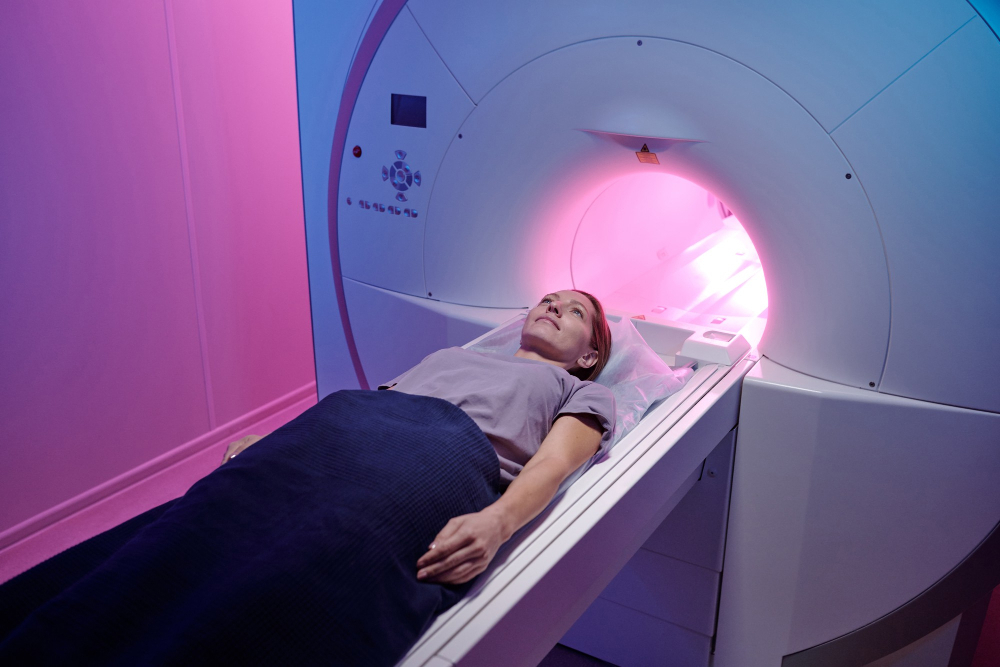


Radiation oncology employs high-energy X-rays, electron beams, and radioactive isotopes to target cancer cells, aiming to destroy them or reduce tumor size. This method, one of the oldest and most effective treatments, damages the genetic material within cells in the treated area, thereby inhibiting their ability to divide and proliferate. The ionization effect of radiation is twofold; it directly kills some cancer cells, while others die due to damaged chromosomes and DNA, which prevents cell division.
While radiation treatment can also harm healthy cells, these cells typically recover and regain their normal functions. Technological advancements have significantly enhanced radiotherapy's effectiveness and reduced its side effects. A key marker of successful treatment is the precise delivery of an optimal radiation dose to the tumor, while minimizing exposure to surrounding healthy tissues. The use of novel techniques, such as Three-Dimensional Conformal Radiotherapy (3DCRT), which involves a computer-generated plan that adds depth to the conventional two-dimensional approach, has improved these outcomes.
During the planning and treatment phases, real-time evaluation of tumor and healthy tissue volumes ensures the accuracy of the radiation dose, enhancing disease control and potentially improving survival rates. Moreover, the targeted use of multiple radiation fields helps to maximize the dose to the tumor while minimizing side effects, thereby improving the patient's quality of life.

IMRT represents an evolution of 3DCRT, utilizing thousands of guided radiation beams, controlled by advanced computer software, to finely adjust radiation doses across different treatment volumes. This technique ensures the maximum possible dose is delivered directly to the tumor, minimizing harm to healthy tissues. Treatment planning involves three-dimensional computerized tomography images to precisely define the tumor volume and protect healthy tissues from high-dose radiation. While IMRT may require more time for planning and treatment than conventional methods, it is preferred for certain cancers due to its superior tumor control and reduced side effects. IMRT is effectively used in treating a variety of cancers including prostate, head and neck, breast, thyroid, lung, gynecological, liver, brain tumors, lymphoma, and sarcomas, as well as in pediatric oncology.
Technological Integration and Precision
Our department utilizes interconnected devices that share data, minimizing potential manual errors during treatment. Integration with the hospital's PET/CT scanner allows for precise identification and targeting of diseased tissues. The Varian DMX Linear Accelerator in our clinic is equipped to treat with photon energies of 6 and 15 MV, and electron energies of 6, 9, 12, and 15 MeV. Features such as multi-leaf and asymmetric collimators enhance tissue protection, while electronic portal imaging enables real-time monitoring and visual verification of treatment volumes.

Gamma Radiosurgery offers a non-invasive alternative to open surgery for many brain tumors, characterized by minimal side effects. This procedure does not require general anesthesia, and most patients can return home on the same day without a recovery period. Other benefits include no scalp incisions, no hair cutting, and minimal radiation exposure to healthy brain tissue, thus providing significant relief with minimal discomfort.
